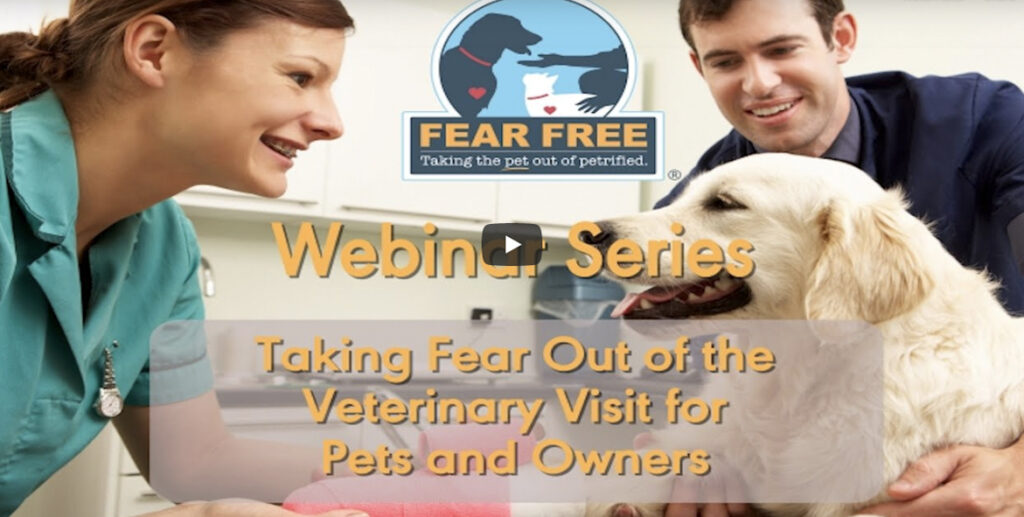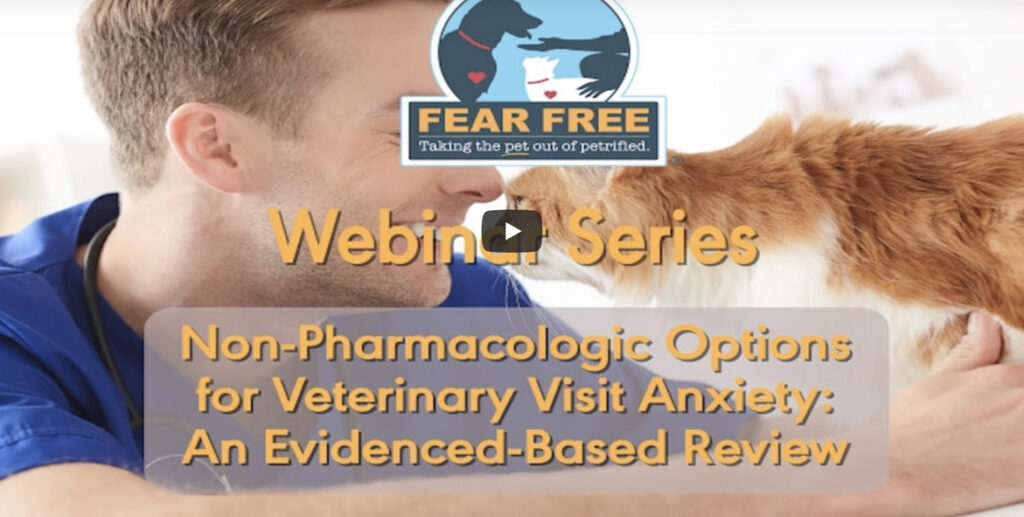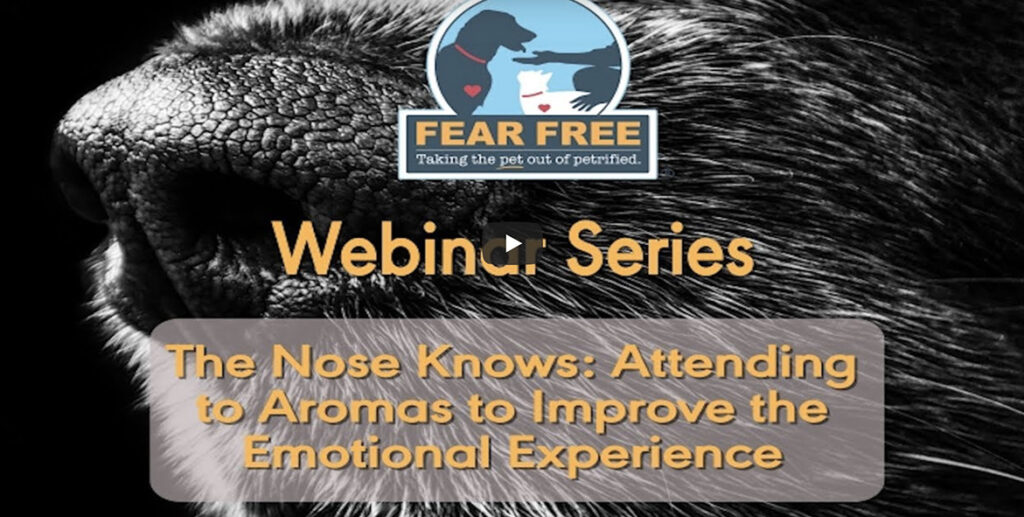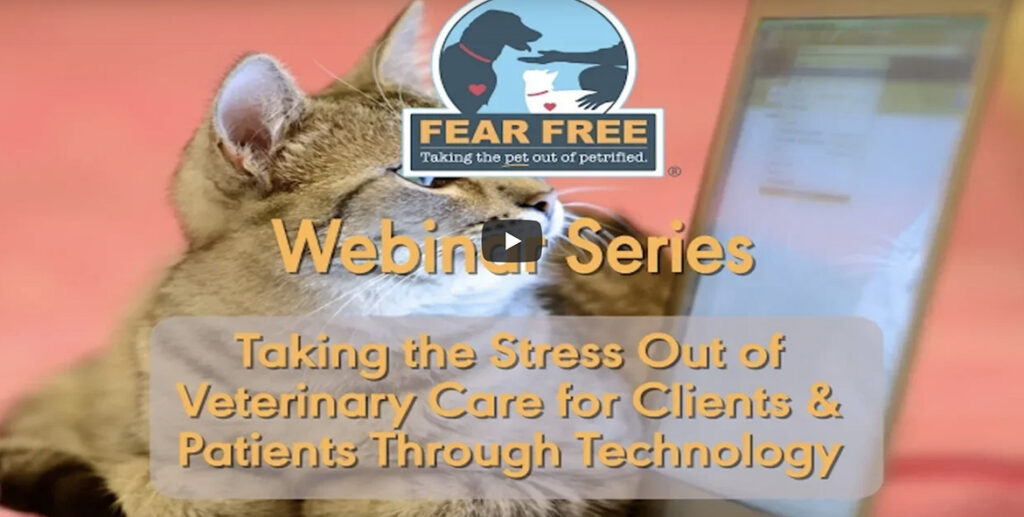Linda Lombardi
We know that music can affect human mood, but we don’t usually think about whether cats or dogs care if we play Mozart or Metallica. We probably should: Studies have shown that classical music reduces stress in dogs, and a study of cats under anesthesia showed differences in respiratory rate and pupillary diameter in response to classical, pop, and heavy metal music, with the lowest values for classical music and the highest for heavy metal.
Can we use these effects to our advantage? A recent study in the Journal of Feline Medicine and Surgery shows that music specially designed for cats has small but significant effects on cats undergoing a veterinary exam. It’s worth considering other aspects of the sound environment of your clinic as well.
Sounds Cats Like
Music for Cats by composer David Teie incorporates sounds intended to be familiar and comforting to cats, reminiscent of purring and suckling sounds, with frequencies similar to cat vocalization ranges. “However, he also layers in a melody of music that is pleasing to people as well,” says researcher Amanda Hampton of the School of Veterinary Medicine, Louisiana State University. “That part of the music, it seems that cats don’t really respond to, but that way we don’t get tired of it.”
Previous research in homes testing this music against silence and regular human classical music showed that cats seemed to prefer it. “They found that cats would approach the speakers playing cat music more, or go into postures that were more relaxed,” says Hampton.
Effects of Music
Building on this, Hampton and colleagues tested the effect of cat music during a veterinary exam. Twenty cats took part under all three conditions: cat music, classical music, and silence, with two weeks between tests. Cats were placed in an exam room for 10 minutes and then given a physical exam that included a blood draw. They were evaluated at three points with a standardized Cat Stress Score (CSS) based on body language and behavior–before the music began, during the exam, and after the exam–and with a Handling Score (HS) during the exam. Cats showed lower CSS and HS when listening to cat music compared to classical music and silence.
The blood drawn was also tested for neutrophil:lymphocyte ratio (NLR) as a measure of stress, but no differences were found. All cats had slightly elevated NLRs, which the authors suspect was an effect of the stress of travel to the clinic which had not had enough time to subside. “NLR goes up quickly but takes a little while to come back down, so what we could be seeing is the response they had to being put in the carrier or the car ride,” says Hampton.
How and When to Use Sound
Mikel Delgado, PhD, researcher at the School of Veterinary Medicine at UC Davis, thinks that this study shows that cat music might be a useful additional tool, but cautions against making too much of it.
“They found that the cats who were listening to cat music were easier to handle and had lower stress scores, but my caveat is that the differences between the groups were fairly small,” she says. “It wasn’t like this is a game changer, like if you play cat music everything else is going to be easy.”
Delgado says music is no substitute for making sure you’re doing everything else you can to reduce the stress of the veterinary experience for cats.
“If you’re not already using Fear Free or low-stress handling techniques, music is not going to fix your handling methods for cats,” she says. “If you don’t have your hospital set up for other aspects of reducing stress, like minimizing the time cats have to sit in the lobby, providing towels to cover carriers if owners don’t bring their own, making sure they have a non-slip surface to lay on while they’re being examined, music is not going to overcome those things.”
If you’re already doing all of that right, adding music might help, but also take the opportunity to think more broadly.
“The implications really have to do with what humans do when they are working with cats,” Delgado says. “People might not realize that what they’re doing and the kinds of noises they’re making might have implications for their patients.”
Consider the whole sound environment before you consider adding any kind of music. “Here’s an experiment to do in your treatment room: they make all kinds of apps for your phone that tell you how loud your background noise is,” she says. “I think situational awareness could help a lot of practices improve their environment, because I think most of us are louder than we realize we are. People should consider, can they lower their voices? Can they do less banging and slamming?”
Shelters should think about these considerations as well. “Maybe people should use headphones if they want to listen to heavy metal music when they’re cleaning cages,” she says. If you have a loud PA system, think about whether you could use walkie-talkies or text messaging with phones on vibrate. “If you need Jim to come to the front desk, does everyone in the shelter need to hear that?” she says. “Try to refine your communication techniques to modify that ambient noise that animals that are already in a stressful environment are experiencing.”
If you’ve got all that under control and want to try cat music, some additional considerations are when and where to use it. The study had cats listen to the music for ten minutes before the exam, but further research is needed to know whether a shorter period will have the same effect. Be aware that there is as of yet no published research about how dogs react to it. And while the piece of cat music used in the study was specifically designed to be less repetitive and easier on human ears, like any music, not everyone will love it. “I actually find the music relaxing,” says Hampton. “But maybe you have it playing in a cat ward, or in the exam room while the cats are in there, but perhaps not throughout the whole hospital, so if you have a staff member who doesn’t like the music, they don’t have to listen to it all day.”
This article was reviewed/edited by board-certified veterinary behaviorist Dr. Kenneth Martin and/or veterinary technician specialist in behavior Debbie Martin, LVT.
Linda Lombardi writes about the animals that share our planet and our homes for magazines including The Bark, websites including National Geographic and Mongabay.com, and for the Associated Press. Her most recent book, co-authored with Deirdre Franklin, is The Pit Bull Life: A Dog Lover’s Companion.









